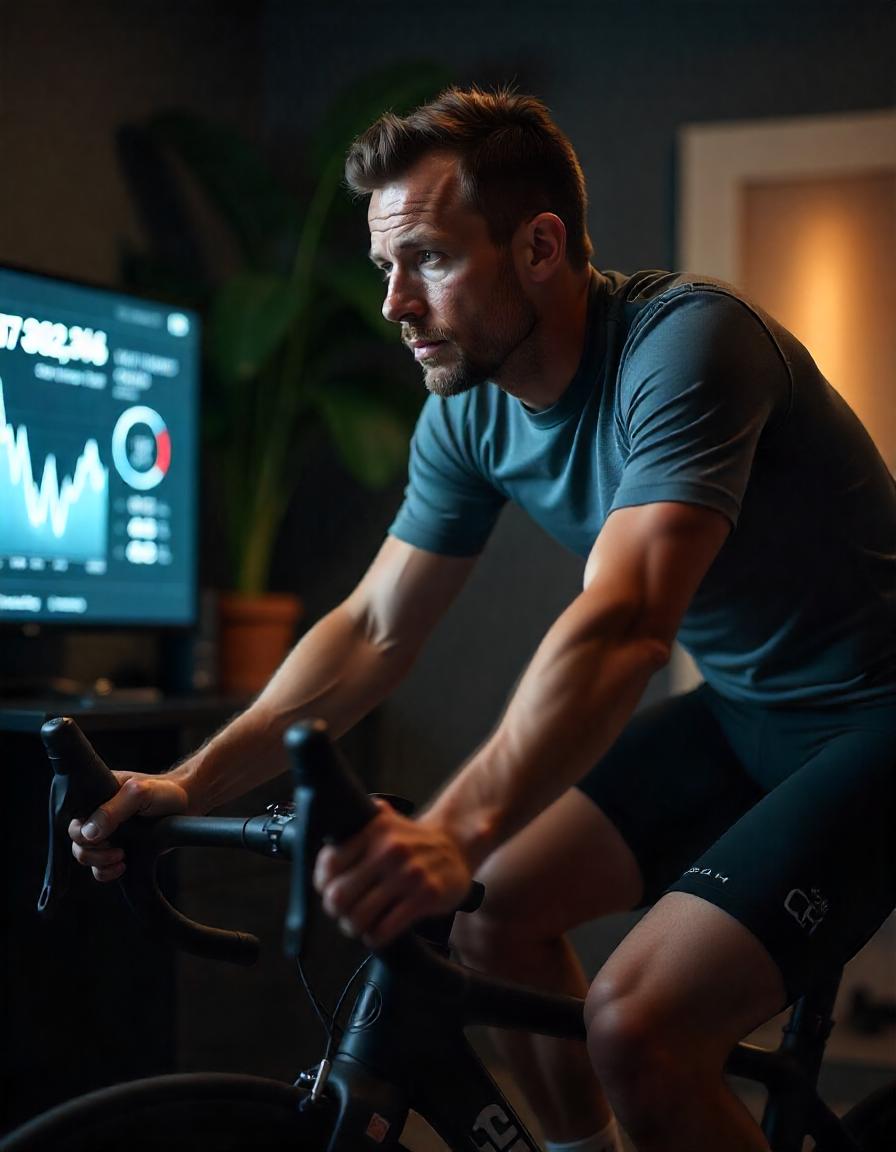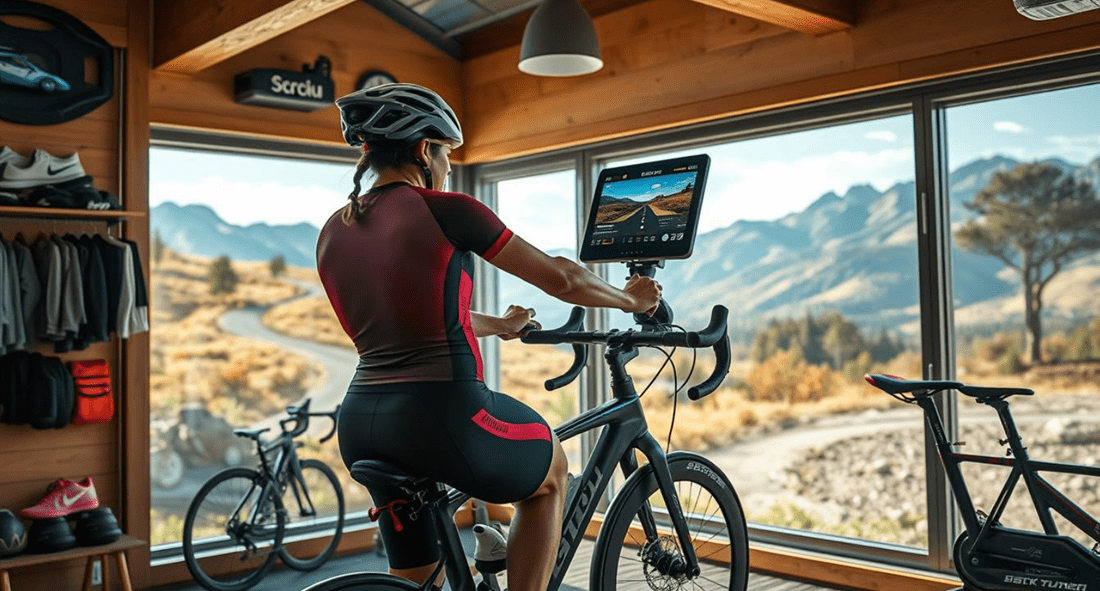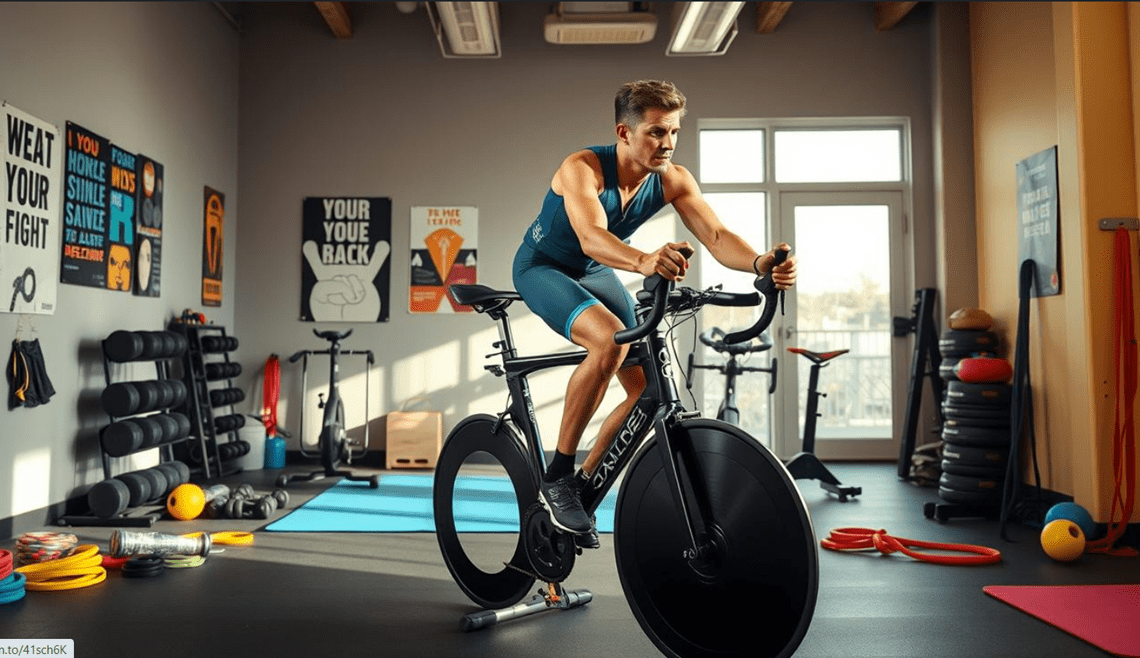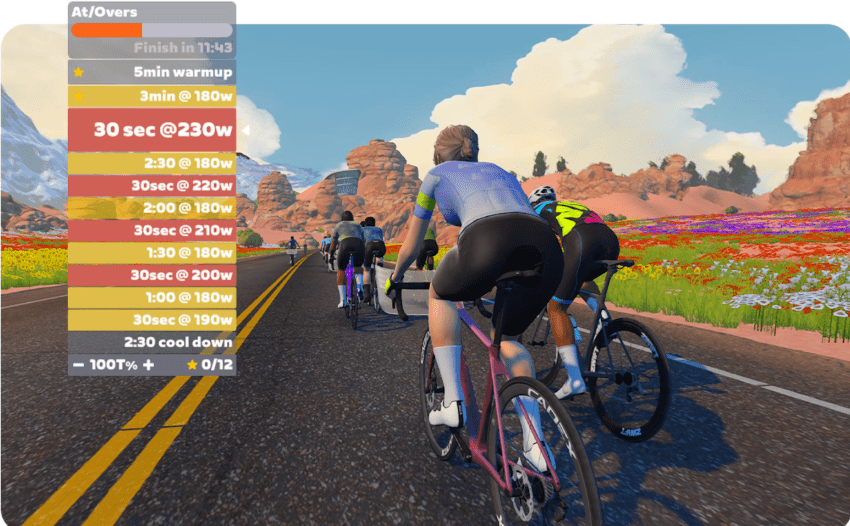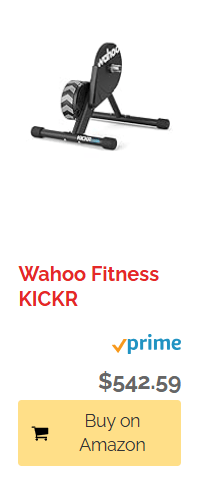Contents
Indoor Cycling Workouts That Actually Work
Indoor cycling, also known as stationary cycling or spin workouts, is a highly effective, low- impact exercise that delivers substantial fitness benefits. This guide covers the science behind cycling indoors, detailed workout plans for various goals, tips for setting up your home cycling studio, and strategies to stay motivated. Whether you’re using a spin bike, exercise bike, or smart trainer, these indoor routines will help you achieve your fitness goals.
impact exercise that delivers substantial fitness benefits. This guide covers the science behind cycling indoors, detailed workout plans for various goals, tips for setting up your home cycling studio, and strategies to stay motivated. Whether you’re using a spin bike, exercise bike, or smart trainer, these indoor routines will help you achieve your fitness goals.
Why Indoor Cycling Is So Effective for Fitness
Indoor cycling is a versatile cardiovascular workout that strengthens the heart, lungs, and lower body muscles. Unlike outdoor cycling, it offers a controlled environment free from weather, traffic, and daylight constraints, making it accessible year-round. Key benefits of cycling indoors include:
-
-
-
-
- Cardiovascular Health: Regular indoor sessions improve heart health and endurance.
- Muscle Strength and Tone: cycling indoors targets glutes, quads, hamstrings, and calves.
- Calorie Burn: High-intensity indoor intervals and resistance work can burn 400–800 calories per hour.
- Low Impact: Indoor cycling reduces joint stress compared to running or high-impact sports.
- Adaptability: cycling indoors is suitable for all fitness levels, from beginners to advanced cyclists.
Structured indoor workouts help maximize results. Below are five effective routines, each with a specific focus, based on proven training principles.
1. Endurance Ride
Goal: Build aerobic capacity and base fitness
How: Ride at 60–75% of your Functional Threshold Power (FTP) or a moderate, steady pace for 45–90 minutes.
Tips: Focus on smooth pedaling and proper form during your indoor session. Incorporate drills like single-leg pedaling or cadence changes to improve efficiency.2. Over-Under Intervals
Goal: Improve lactate threshold and race readiness
How:
- Warm up for 10–15 minutes
- 3 x 8-minute intervals at 76–85% FTP, with a 10-second acceleration at 115% FTP every 2 minutes
- 4 minutes of easy spinning between intervals
- Cool down for 10 minutes
Progression: Increase interval length or reduce rest time for added challenge in your indoor routine.
3. Hill Climb Simulation
Goal: Build leg strength and muscular endurance/p>
How:
- Alternate between 3–5 minutes of high resistance (simulating an uphill climb) and 2 minutes of low resistance for recovery
- Repeat for 30–45 minutes
Focus: Maintain a steady cadence and engage your core during this challenging indoor workout.
4. Speed Intervals (Sprints)
Goal: Boost power and anaerobic capacity
How: After warming up, perform 10–12 sprints of 15–30 seconds at maximum effort (150% FTP), with 1–2 minutes of recovery between efforts
Benefits: This cycling interval training increases explosive power and overall cycling performance.
5. Pyramid Set
Goal: Combine endurance, strength, and speed
How:
- Increase interval duration (e.g., 1, 2, 3, 4, 3, 2, 1 minutes) with matching recovery periods
- Adjust resistance and cadence to match each interval’s intensity
Why: Keeps indoor cycling workouts engaging and challenges multiple energy systems.
-
- “Power up with Saris M2: Transform your road rides into indoor training adventures with Zwift compatibility and precision electromagnetic resistance.” LEARN MORE ➡️
-
-
Setting Up Your Home Indoor Studio: What You Need
A dedicated indoor cycling space boosts motivation and consistency. Consider the following essentials for your indoor cycling setup:
- Stationary Bike or Smart Trainer: Choose a quality indoor cycling bike or a smart trainer compatible with your road bike.
- Supportive Mat: Protects floors and reduces noise during intense indoor sessions.
- Fan: Keeps you cool during intense cycling indoor workouts.
- Heart Rate Monitor or Cycling Computer: Tracks performance metrics for your cycling progress.
- Cycling Shoes and Pedals: Improve efficiency and comfort during indoor cycling.
- Water Bottle and Towel: Stay hydrated and manage sweat.
- Good Lighting and Music: Create an energizing environment for your indoor workouts.
- Optional: Tablet or TV for virtual cycling classes, online platforms, or entertainment.
Tracking Progress and Staying Motivated with Indoor Cycling
 IMAGE PROVIDED BY SWIFT
IMAGE PROVIDED BY SWIFTConsistency is key for results with indoor cycling. Use these strategies to maintain motivation and monitor improvement:
- Fitness Apps: Platforms like Zwift, Peloton, and Trainer Road offer structured indoor cycling workouts, virtual group rides, and performance tracking.
- Cycling Computers: Monitor speed, cadence, heart rate, and power output for objective feedback on your indoor cycling sessions.
- Set Achievable Goals: Define weekly or monthly indoor targets for time, distance, or calories burned.
- Join Virtual Communities: Participate in online cycling classes or group rides for accountability and social support.
- Mix Up Workouts: Alternate between endurance, intervals, and recovery indoor rides to prevent boredom.
- Reward Milestones: Celebrate cycling indoor achievements to reinforce positive habits.
Tips for Combining Indoor and Outdoor Training
A hybrid approach leverages the strengths of both environments:
Use Indoor Cycling for:
- Targeted interval training
- Recovery rides
- Bad weather or limited daylight
Use Outdoor Cycling for:
- Real-world bike handling skills
- Longer endurance rides
- Enjoying fresh air and varied terrain
This combination keeps training dynamic and helps maintain year-round motivation and performance gains from your cycling indoors regimen.
Frequently Asked Questions (FAQs)
Q: What gear do I need for indoor cycling? A: Minimum essentials include a stationary bike or trainer, cycling shoes, water bottle, towel, and a fan. Advanced indoor setups may include a smart trainer, heart rate monitor, and cycling computer.
Q: How often should I do indoor cycling workouts? A: For general fitness, 2–4 indoor sessions per week is effective. Advanced riders may train more frequently, balancing intensity and recovery.
Q: Are indoor cycling classes effective for weight loss? A: Yes. High-intensity cycling intervals and sustained efforts can burn significant calories and support weight management.
Q: What’s the difference between a stationary bike and a smart trainer? A stationary bike is a standalone unit, while a smart trainer connects to your own bike and can simulate resistance changes based on virtual terrain for a more immersive in cycling indoor experience.
-




We earn from qualified Amazon purchases with NO cost to you. ANY item that you need or were going to purchased anyway through any of our links, helps support this site. Thank you for your support!
If you enjoyed learning about this week’s featured bicycle, don’t miss out on more classic bike goodness! Visit our website at classicjapanesebicycles.com for an extensive collection of timeless Japanese bikes and their unique stories. Plus, check out our YouTube channel, Bicycle Restoration Man, for detailed restoration videos and showcases of our finished projects. Subscribe and join our community of bike enthusiasts! -
-
-


